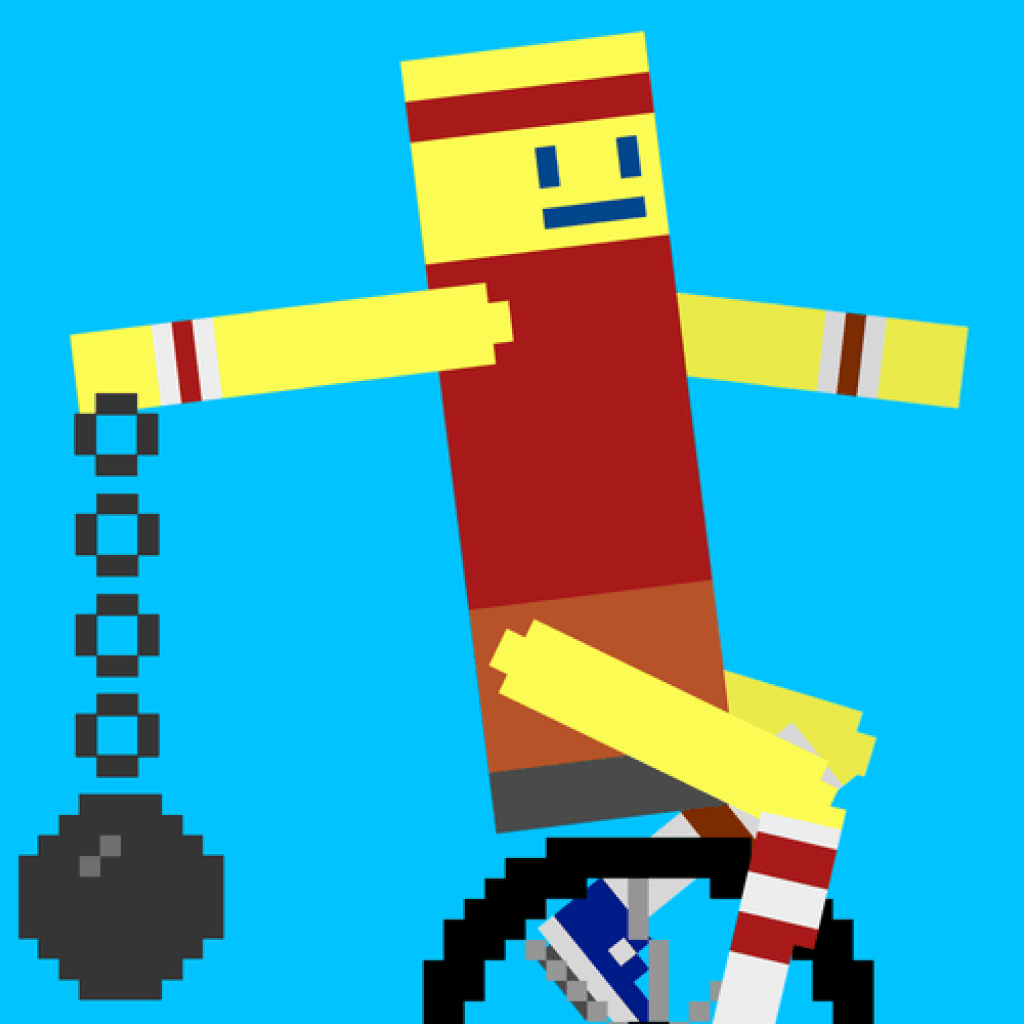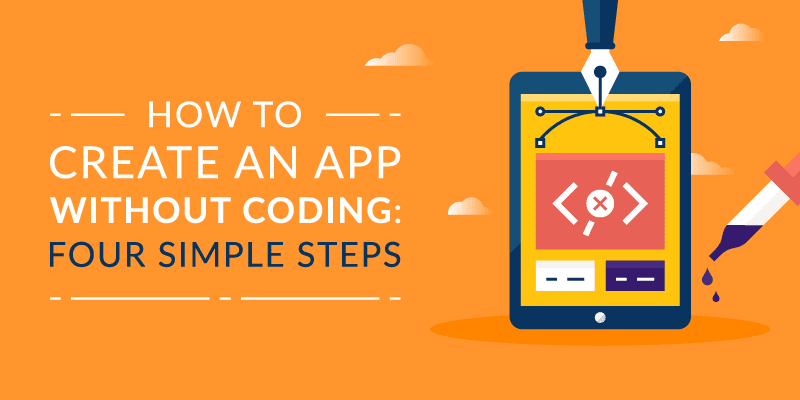

In today’s digital age, creating an app without coding skills might seem impossible. However, with the right tools and guidance, anyone can build a simple app. Let’s learn more about this topic below with Unicycle Hero, exploring how to turn your app ideas into reality without writing a single line of code.
The world of app development has become increasingly accessible to non-programmers, thanks to the emergence of no-code platforms and user-friendly tools. These innovative solutions have democratized the app creation process, allowing individuals with diverse backgrounds to bring their ideas to life without the need for extensive coding knowledge. By leveraging these platforms, aspiring app creators can focus on their vision and functionality while leaving the technical complexities to intuitive drag-and-drop interfaces and pre-built components.
No-code app development refers to the process of creating applications without writing traditional programming code. This approach utilizes visual development environments and pre-built components to construct functional apps.
No-code platforms offer intuitive interfaces that allow users to design, build, and deploy applications through drag-and-drop actions and simple configurations. These tools abstract away the complexities of coding, making app development accessible to a broader audience.
The rise of no-code platforms has revolutionized the tech industry, enabling individuals and businesses to rapidly prototype and launch applications. This democratization of app development has opened up new opportunities for innovation and entrepreneurship. By removing the barrier of coding expertise, no-code solutions empower people to transform their ideas into tangible products quickly and cost-effectively.
Selecting the appropriate no-code platform is crucial for successfully building your app without coding. Several factors should be considered when making this decision. First, evaluate the type of app you want to create, whether it’s a mobile app, web app, or both. Different platforms specialize in various app types, so choose one that aligns with your project goals.
Next, consider the platform’s ease of use and learning curve. Look for intuitive interfaces and comprehensive documentation or tutorials. User reviews and ratings can provide valuable insights into the platform’s usability and support. Additionally, assess the platform’s scalability and flexibility to ensure it can accommodate your app’s growth and future enhancements.
Several no-code platforms have gained popularity for their user-friendly interfaces and robust features. Bubble is known for its versatility in creating web applications, offering a wide range of customization options. Adalo specializes in mobile app development, providing a seamless experience for both iOS and Android platforms. Glide excels in creating apps from spreadsheets, making it ideal for data-driven applications.
Other notable platforms include Thunkable, which focuses on mobile app development with a visual programming interface, and AppSheet, which integrates well with Google Workspace and Microsoft Office. Each platform has its strengths and limitations, so explore their features and compare them to find the best fit for your project requirements.
Building an app without coding involves several key steps. First, clearly define your app’s purpose and target audience. This foundational step will guide your decision-making throughout the development process. Next, create a detailed outline of your app’s features and functionality. Sketch out the user interface and user flow to visualize how users will interact with your app.
Once you have a clear vision, choose your no-code platform based on the considerations mentioned earlier. Familiarize yourself with the platform’s interface and tools through tutorials and documentation. Start by creating a basic prototype of your app, focusing on core functionalities. Iterate on your design, adding features and refining the user experience as you go.
The app’s interface plays a crucial role in user engagement and satisfaction. When designing your app’s interface without coding, focus on creating an intuitive and visually appealing layout. Use the platform’s pre-built templates and components as a starting point, customizing them to match your app’s style and branding. Pay attention to color schemes, typography, and overall aesthetics to create a cohesive and professional look.
Consider the user flow and ensure that navigation is straightforward and logical. Implement clear calls-to-action and maintain consistency in design elements throughout the app. Many no-code platforms offer drag-and-drop interfaces for designing screens, making it easy to arrange elements and visualize the final product. Remember to design for different screen sizes and orientations to ensure a responsive experience across devices.
With no-code platforms, implementing app functionality often involves connecting pre-built components and configuring their behavior. Start by identifying the core features of your app and locate the corresponding components or modules within your chosen platform. For example, if your app requires user authentication, look for pre-built login and registration components.
Use the platform’s visual workflow editor or logic builder to define how different parts of your app interact. This might involve setting up conditional statements, creating data relationships, or defining user roles and permissions. Many platforms offer integrations with external services, allowing you to incorporate features like payment processing, email notifications, or data analytics without coding.
Thorough testing is essential to ensure your app functions as intended and provides a smooth user experience. Begin by testing each feature individually, verifying that it works correctly and handles different scenarios. Pay special attention to user inputs and edge cases to identify potential issues. Conduct usability testing with a small group of users to gather feedback on the app’s interface and functionality.
Use the feedback and insights gained from testing to refine your app. Make necessary adjustments to the design, improve navigation, and enhance features based on user suggestions. Many no-code platforms allow for quick iterations, enabling you to implement changes and improvements rapidly. Continue this cycle of testing and refining until you’re satisfied with the app’s performance and user experience.
Even without coding, there are ways to optimize your app’s performance and enhance the user experience. Focus on minimizing load times by optimizing images and reducing unnecessary elements. Ensure that your app’s navigation is intuitive and that users can easily find what they’re looking for. Implement error handling and provide clear feedback to users when issues occur.
Consider implementing analytics tools to gain insights into user behavior and app performance. Many no-code platforms offer built-in analytics or integrations with popular analytics services. Use this data to identify areas for improvement and make data-driven decisions about future updates and features.
Once your app is thoroughly tested and refined, it’s time to prepare for launch. Most no-code platforms offer options to deploy your app directly to app stores or as a web application. Follow the platform’s guidelines for app submission and ensure that you meet all requirements for your chosen distribution channels. Create compelling app store listings with engaging descriptions, screenshots, and promotional videos to attract potential users.
Develop a marketing strategy to promote your app and reach your target audience. Utilize social media platforms, content marketing, and app store optimization techniques to increase visibility. Consider reaching out to influencers or tech reviewers in your niche to gain exposure. Encourage early users to leave reviews and ratings, as these can significantly impact your app’s success and visibility in app stores.
After launching your app, actively seek and analyze user feedback. Implement in-app feedback mechanisms or surveys to gather insights directly from your users. Monitor app store reviews and ratings to identify common issues or feature requests. Use this feedback to prioritize updates and improvements for future versions of your app.
Regularly update your app to address bugs, enhance existing features, and introduce new functionality based on user needs. Many no-code platforms allow for easy updates and iterations, enabling you to continuously improve your app without extensive development efforts. Stay engaged with your user community and communicate transparently about updates and future plans to build trust and loyalty.
Building a simple app without coding has become increasingly accessible thanks to no-code platforms and tools. By following the steps outlined in this guide, you can turn your app ideas into reality without the need for programming skills.
Remember that successful app development is an iterative process that requires careful planning, design consideration, and a focus on user needs. With persistence and creativity, you can create a functional and engaging app that resonates with your target audience, all without writing a single line of code.